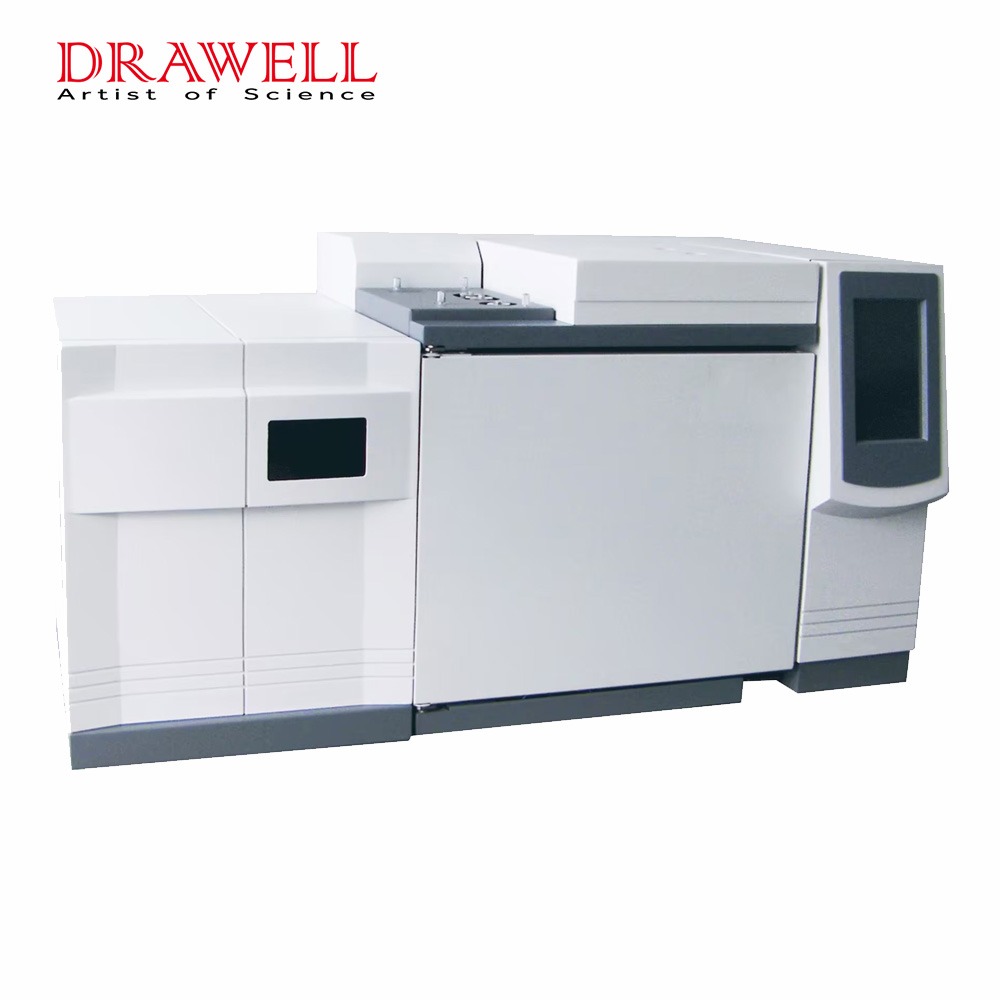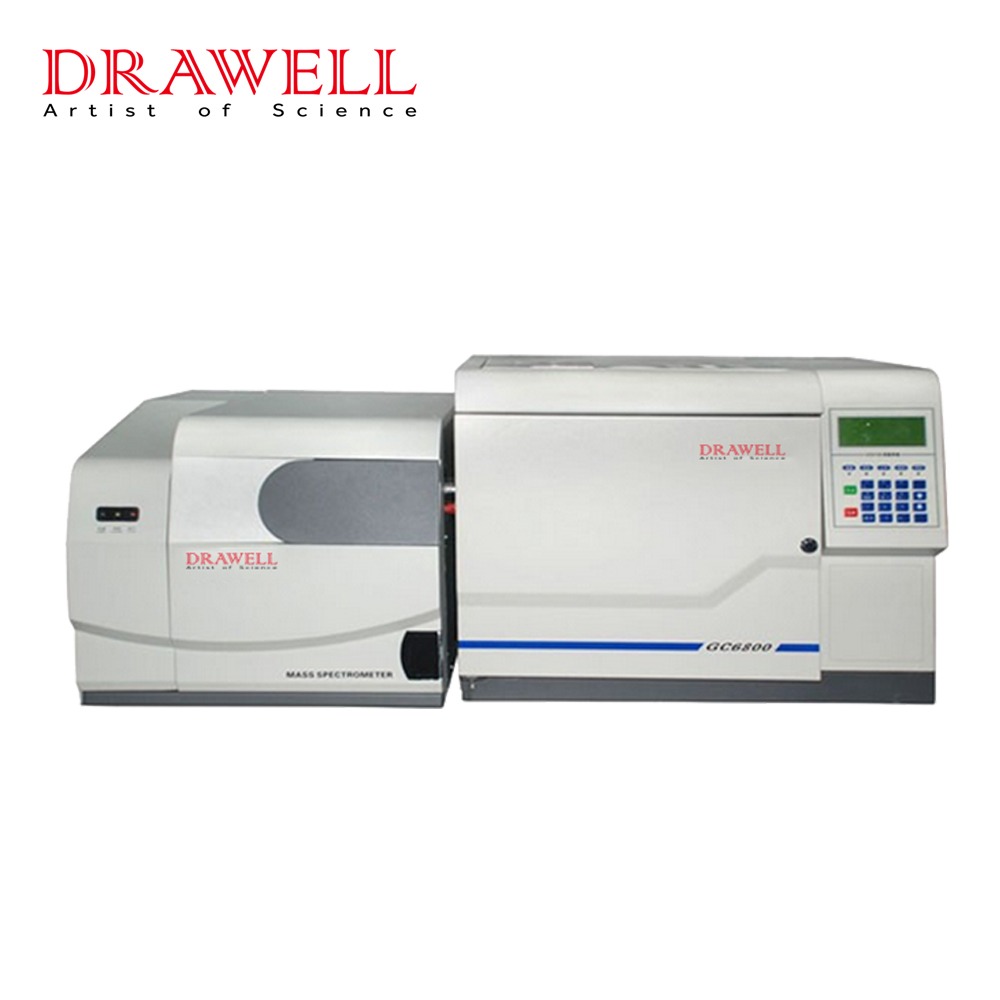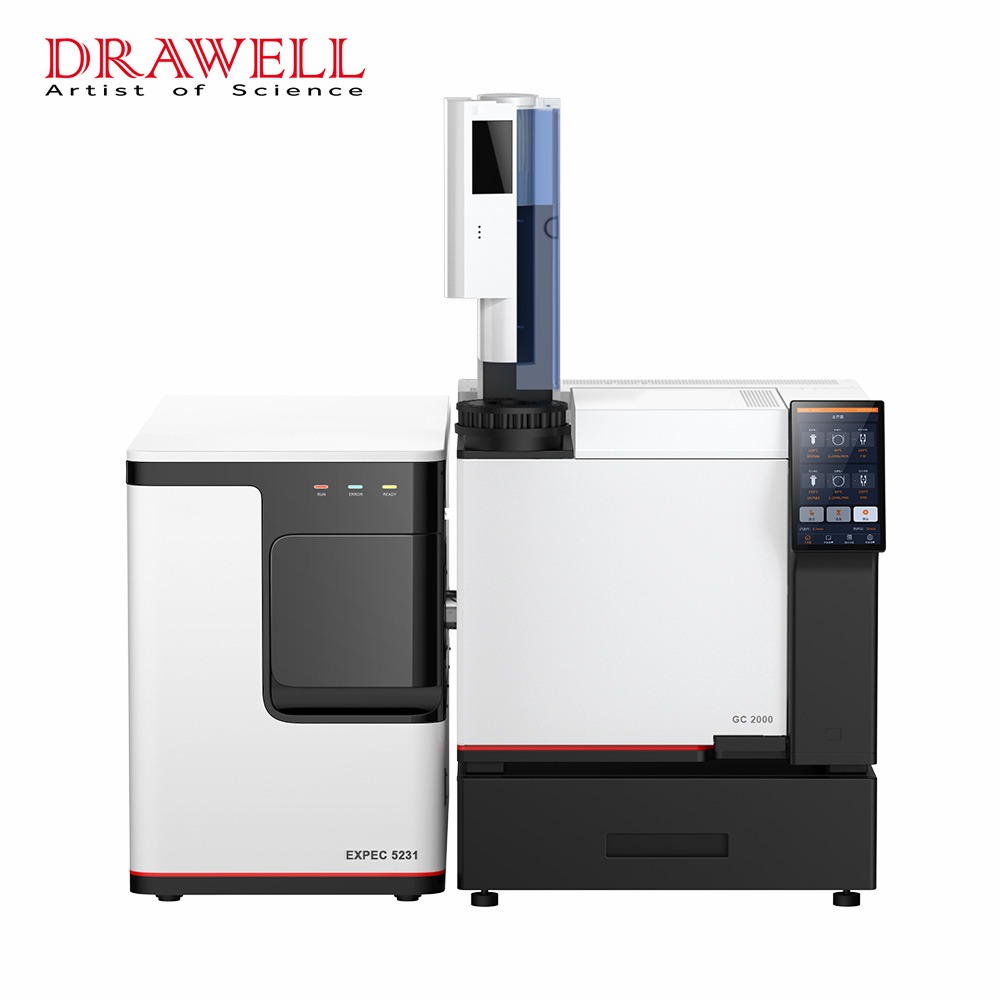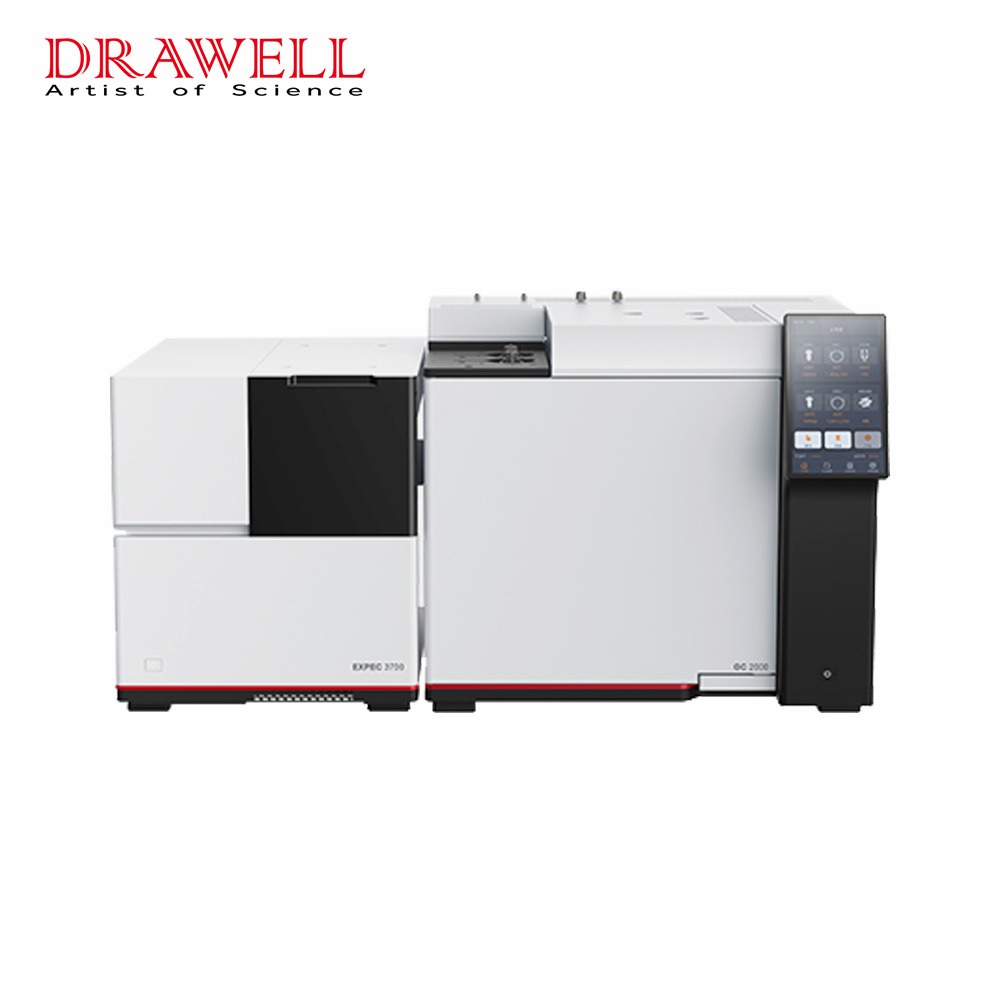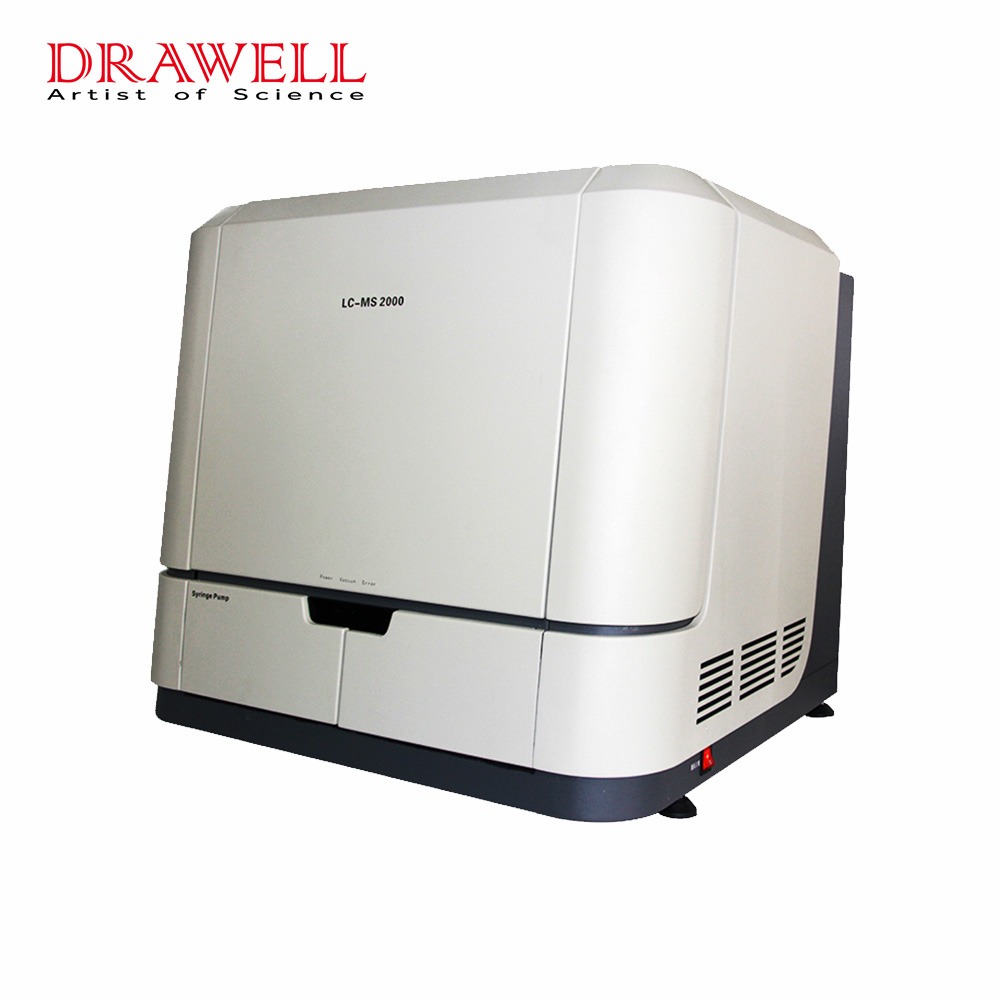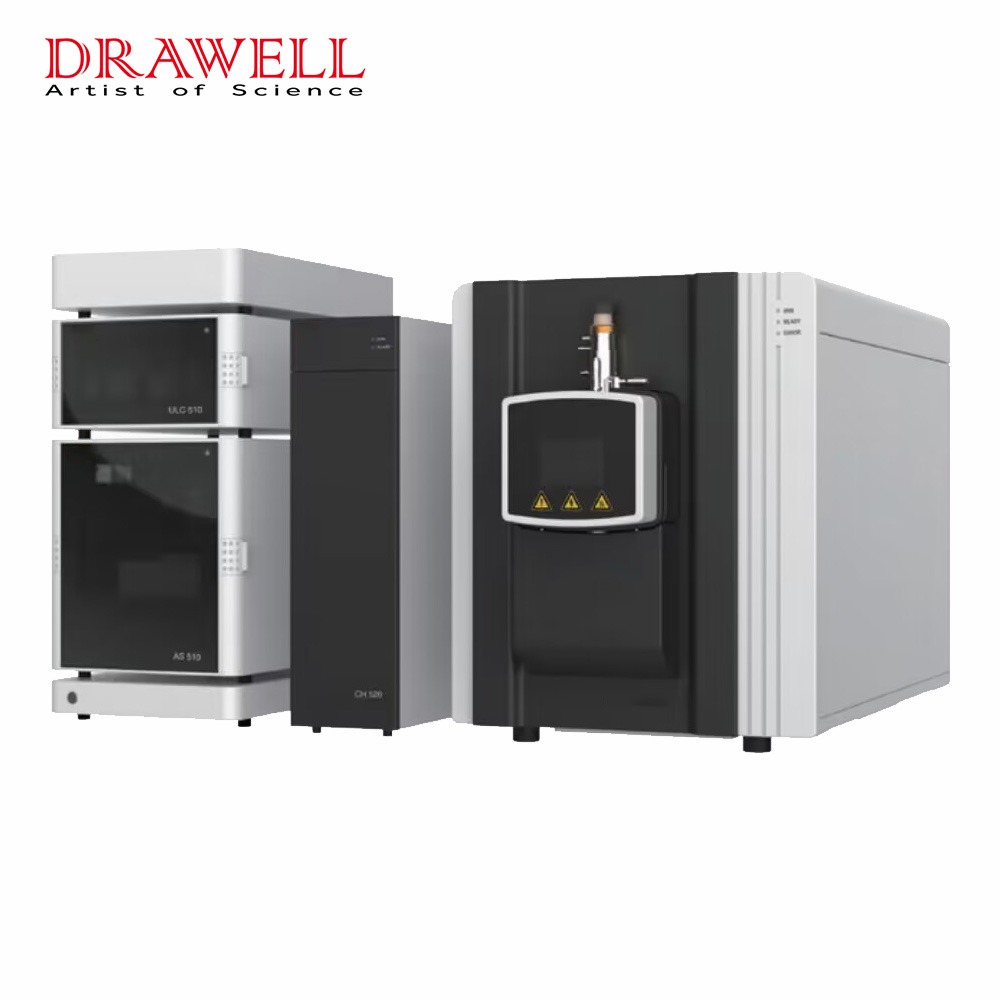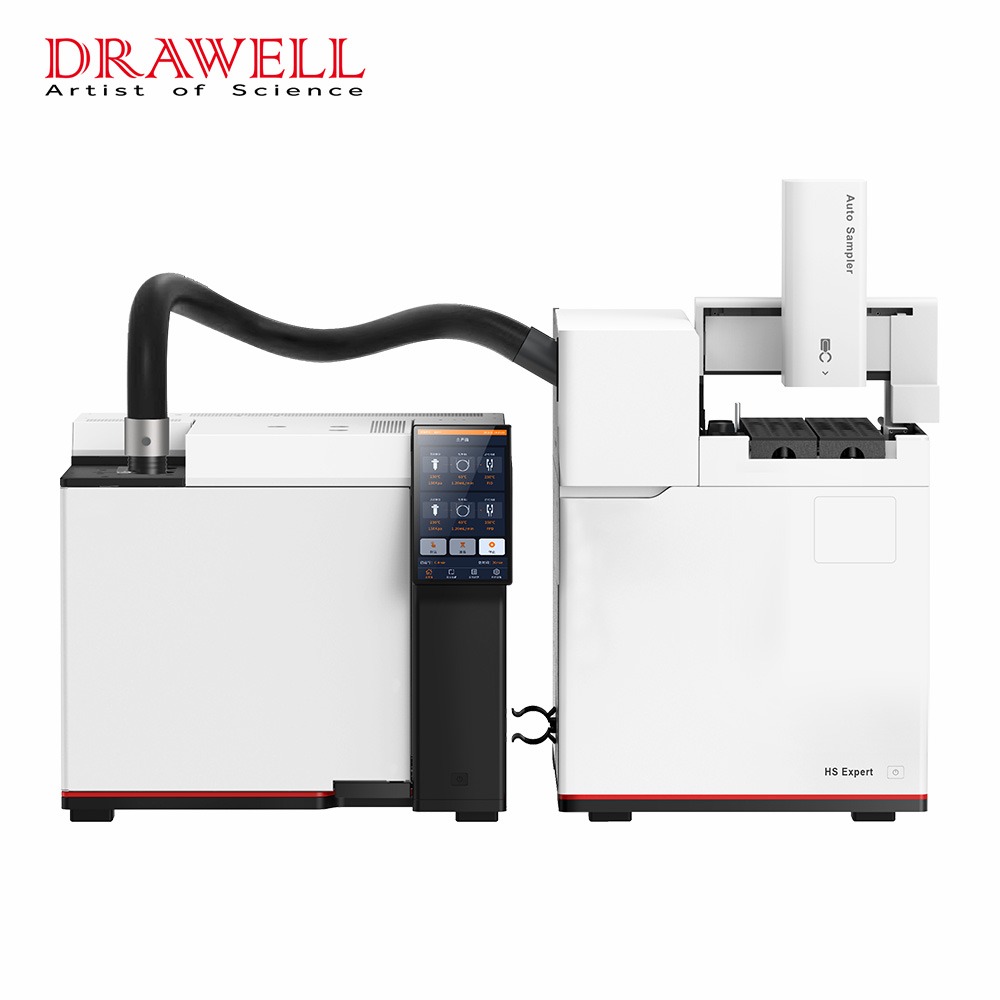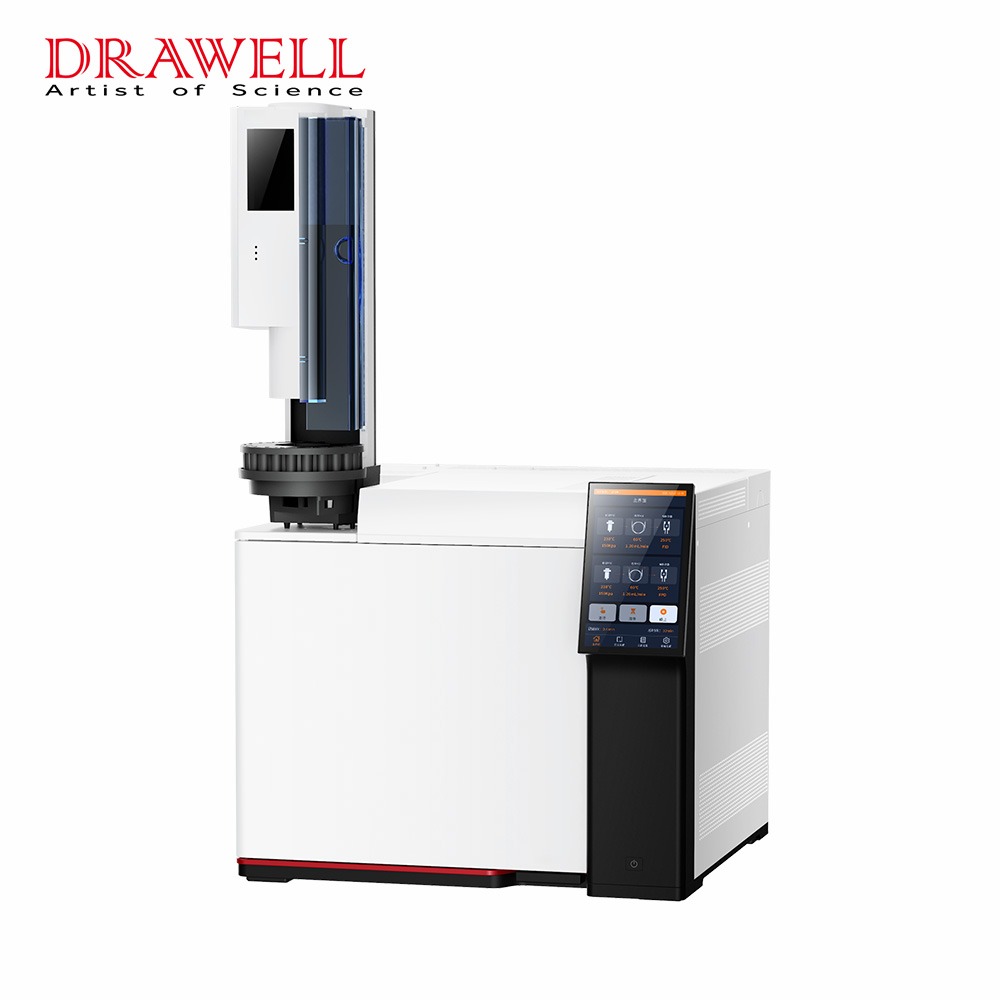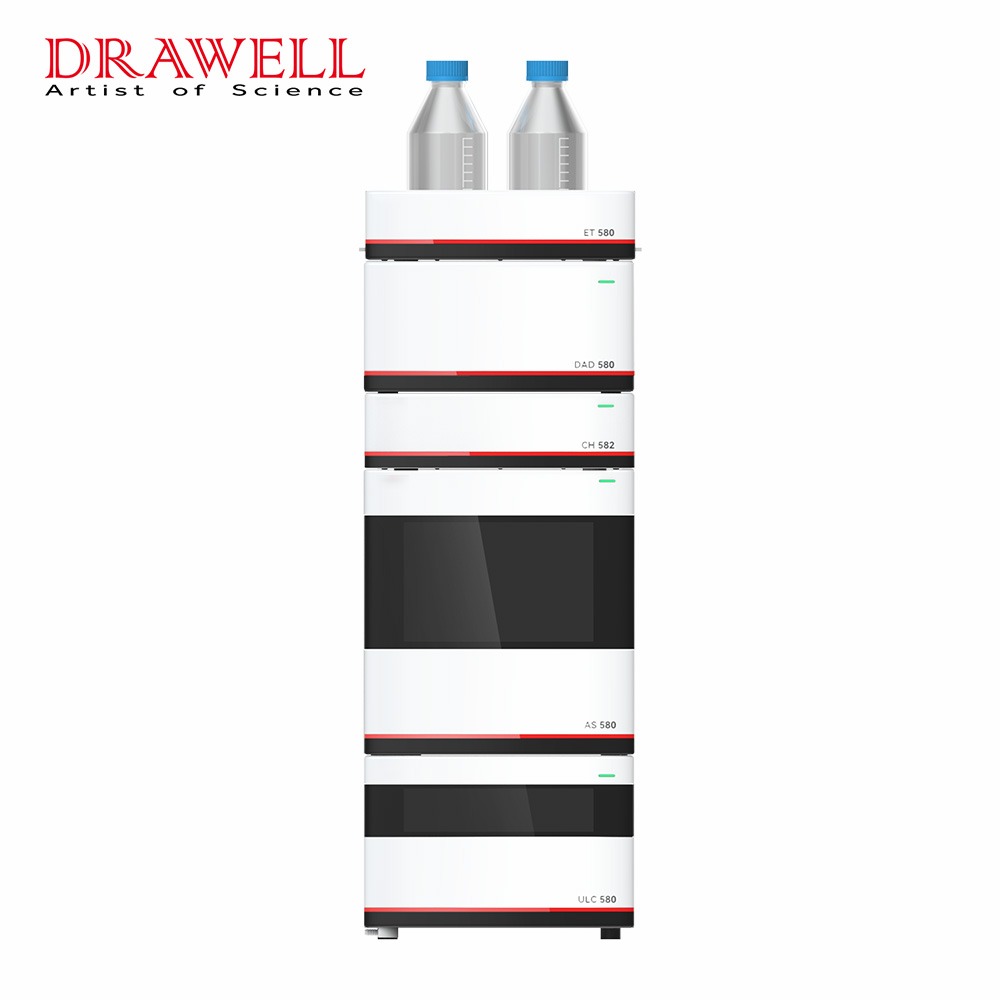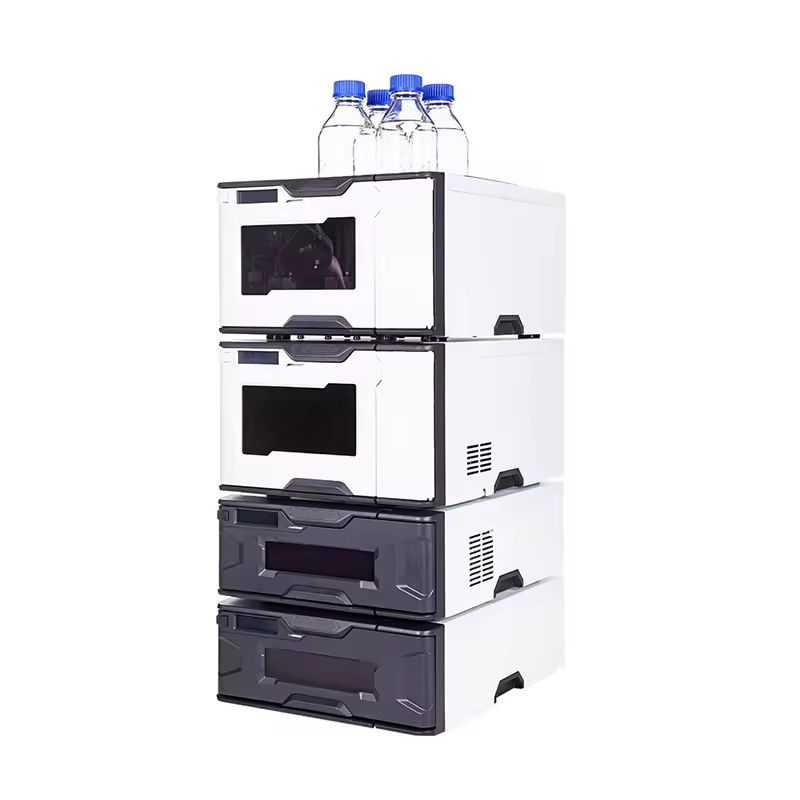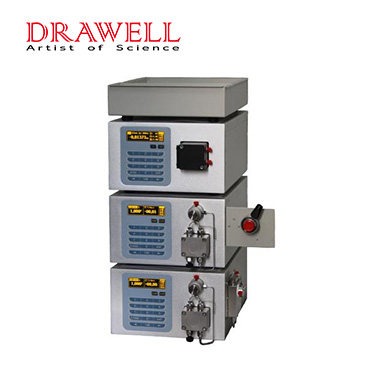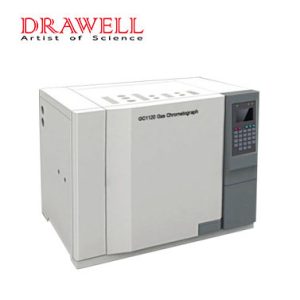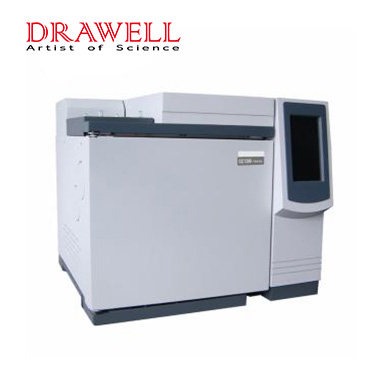Liquid chromatography (LC) is a sophisticated analytical technique used to separate, identify, and measure the components of a complicated mixture in a variety of scientific disciplines. LC has become an indispensable instrument in disciplines such as pharmaceuticals, environmental analysis, forensics, food science, and others because of its versatility and a broad range of applications. In this article, we will focus on how liquid chromatography works, exploring its fundamental principles, key components, and the mechanisms that drive its remarkable ability to separate and analyze diverse mixtures.
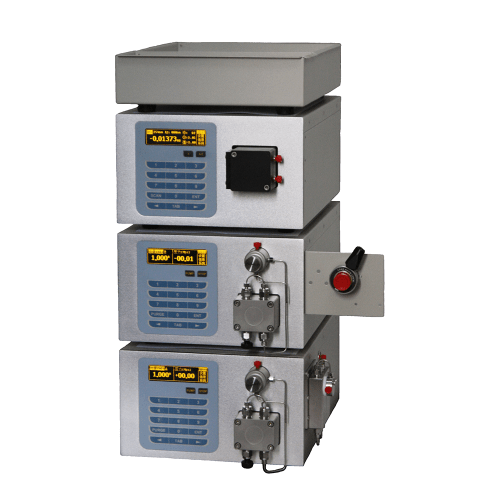
Foundational Principles of Liquid Chromatography
The liquid chromatography (LC) principles are the fundamental notions that regulate the separation process as well as the behavior of analyte molecules within the chromatographic system. The following are the fundamental principles of liquid chromatography.
- Differential Partitioning
Differential partitioning is the fundamental principle of liquid chromatography. It asserts that in a sample, analyte molecules will partition (distribute) between two immiscible phases: the mobile phase (liquid) and the stationary phase (solid or liquid coated on a solid support). The differing affinities of analytes for each phase cause differential partitioning. Components having stronger interactions with the stationary phase have longer retention durations and elute later, whereas components with stronger interactions with the mobile phase elute faster.
- Retention and Elution
The retention time is the amount of time it takes for an analyte to travel through the chromatographic system from the point of injection to the point of elution from the column. The affinity of the analyte for the stationary phase, solubility in the mobile phase, and interactions with other sample components all influence retention. Elution is the process of washing analytes off of a column by varying the mobile phase composition or flow rate.
- Selectivity and Resolution
The ability of a chromatographic system to distinguish between distinct analytes is referred to as selectivity. The interaction of analytes with the stationary and mobile phases determines it. Resolution is a measure of how effectively two adjacent peaks in a chromatogram are separated. Higher selectivity and resolution enable more precise analyte identification and quantification in complicated mixtures.
- Chromatographic Parameters
To characterize the chromatographic separation, several parameters are utilized. The capacity factor (k), quantifies the relative retention of an analyte; the plate theory, describes the efficiency of a chromatographic column in terms of theoretical plates; and the efficiency, which measures the narrowness of the chromatographic peaks and indicates separation quality, are examples of these.
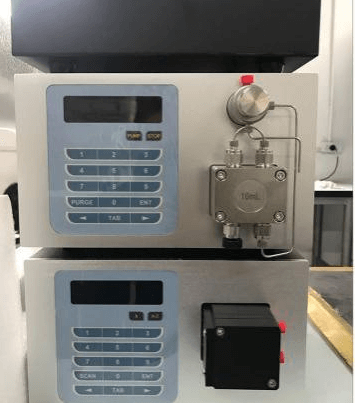
Key Components of Liquid Chromatography
The liquid chromatography (LC) main components are critical elements that work together to assist the separation, identification, and quantification of analyte molecules.
- Stationary Phase
The stationary phase is an important part of LC. It is in charge of interacting selectively with analyte molecules, resulting in their separation based on certain physicochemical features. The stationary phase can be a solid substance packed into a column (such as silica or alumina) or a liquid phase coated on a solid support. The nature of the analytes and the desired separation mechanism influence the selection of stationary phases.
- Mobile Phase
The mobile phase is a liquid solvent or a solvent mixture that transports analyte molecules through the chromatographic apparatus. It is critical in moving the sample components across the stationary phase. The mobile phase is chosen based on parameters such as analyte solubility, selectivity requirements, compatibility with the stationary phase, and the desired separation method. Organic solvents, aqueous solutions, or a combination of the two are common mobile phases.
- Sample Injection System
The sample injection system is in charge of delivering the sample to the chromatographic system. It guarantees that the sample is introduced into the stationary phase in a controlled and reproducible manner. Manual injection, autosamplers, and specialized injection devices for certain LC procedures are all examples of sample injection approaches.
- Chromatographic Column
The stationary phase is housed in the chromatographic column, which is a cylindrical tube. It allows the mobile phase to interact with the stationary phase, facilitating the separation of analyte molecules. To improve separation efficiency, resolution, and analysis time, the column length, diameter, and packing material can be adjusted.
- Detector
The detector is a critical component that detects and quantifies the analyte molecules that have been separated. UV-Visible spectroscopy, fluorescence spectroscopy, refractive index detection, mass spectrometry, electrochemical detection, and other techniques are used in LC. The detector selected is determined by the properties of the analyte, the desired sensitivity, and the individual application.
- Data Acquisition System
The data acquisition system collects and analyses the detector’s signals. It turns the impulses into digital data that may be studied and interpreted further. Data collection systems are usually linked to a computer or chromatography data system (CDS) software, which allows for data management, processing, and analysis.
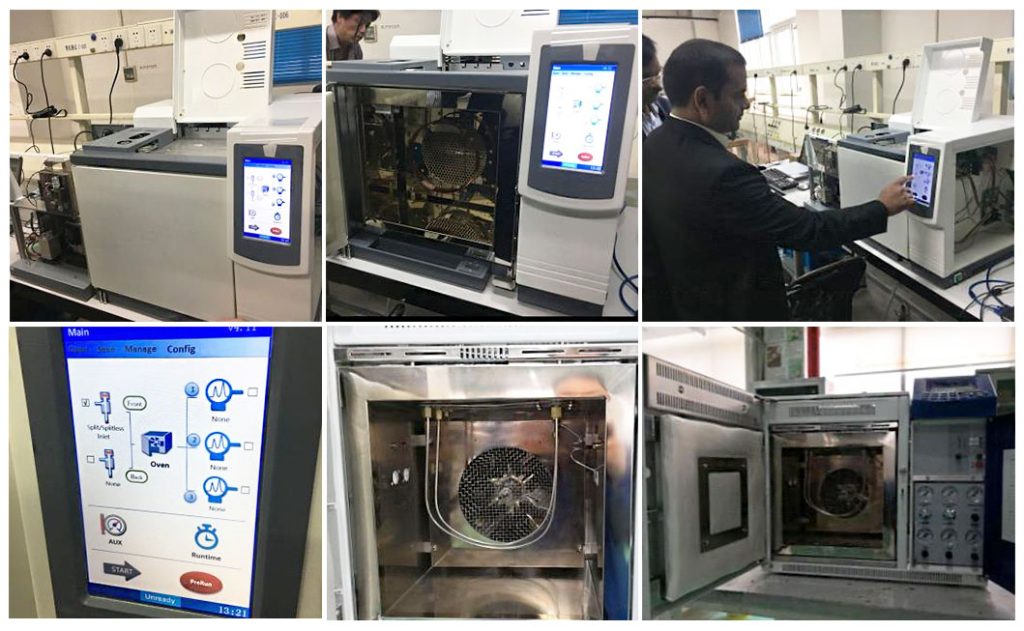
Mechanisms of Liquid Chromatography
There are several modes of liquid chromatography, each with its own mechanism for separation.
- Adsorption Chromatography
The stationary phase in adsorption chromatography is often a solid substance with a large surface area, such as silica or alumina. Adsorption is how analyte molecules interact with the stationary phase, where they stick to the solid’s surface. Separation occurs due to changes in analyte adsorption affinity for the stationary phase. Components with stronger interactions exhibit longer retention times, while those with weaker interactions elute earlier.
- Ion-Exchange Chromatography
Ion-exchange chromatography takes advantage of analyte ions’ varying affinity for charged stationary phases. Ionic functional groups, such as positively or negatively charged groups, are present in the stationary phase. Electrostatic interactions attract analyte ions of opposite charge to the stationary phase, resulting in their retention. Analytes can be selectively eluted based on their charge characteristics by adjusting the ionic strength and pH of the mobile phase.
- Size-Exclusion Chromatography
Size-exclusion chromatography, also known as gel filtration chromatography, separates analytes based on their size or molecular weight. The stationary phase consists of porous beads with specific pore sizes. Larger analyte molecules cannot enter the pores and thus elute faster, while smaller molecules penetrate the pores and experience longer retention times. This technique is effective for separating and purifying biomolecules, such as proteins and nucleic acids.
- Reversed-Phase Chromatography
Analytes are separated via size-exclusion chromatography, often known as gel filtration chromatography. The stationary phase is made up of porous beads with different pore diameters. Larger analyte molecules are unable to enter the pores and hence elute more quickly, whereas smaller molecules infiltrate the pores and have longer retention periods. Reversed-phase chromatography is widely used in pharmaceutical and environmental analysis.
- Affinity Chromatography
The precise interactions between a target analyte and a complementary binding agent deposited on the stationary phase underpin affinity chromatography. The stationary phase can be tailored to attach to certain molecules, such as antibodies or enzymes. This method allows for the separation and purification of target analytes that are very selective.
- Chiral Chromatography
Enantiomers, which are mirror-image isomers of a molecule with differing biological activity, are separated using chiral chromatography. The stationary phase used in chiral chromatography contains chiral selectors that interact with one enantiomer over the other. This approach is critical in pharmaceutical analysis and stereoisomer separation.
Summary
Liquid chromatography is a versatile and effective separation technology that is important in many scientific domains. LC enables the efficient separation, identification, and quantification of complicated mixtures by leveraging differential partitioning principles. Its capacity to examine a wide range of substances with great sensitivity and precision makes it a must-have tool for scientists all over the world.

